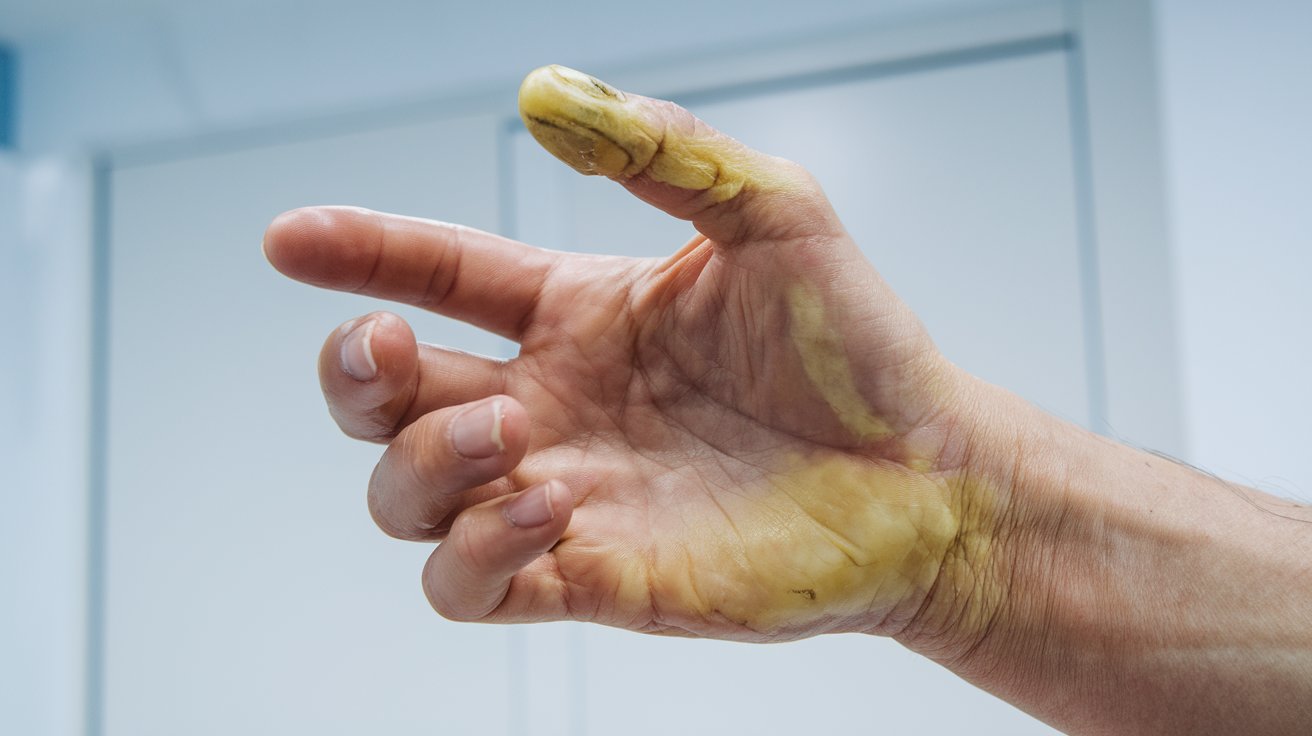
Cole Carpenter Syndrome is a rare genetic disorder that affects bone development. What causes Cole Carpenter Syndrome? Mutations in the P4HB gene are the primary cause. This gene plays a crucial role in producing proteins necessary for bone formation. People with this syndrome often experience fragile bones, craniofacial abnormalities, and other physical challenges. Understanding the symptoms, diagnosis, and treatment options can help manage the condition better. This article will provide 25 essential facts about Cole Carpenter Syndrome, shedding light on its causes, symptoms, and available treatments. Whether you're a patient, caregiver, or just curious, these facts will offer valuable insights into this rare condition.
Key Takeaways:
- Cole Carpenter Syndrome is a rare genetic disorder affecting bone development and other body systems. It causes brittle bones, distinctive facial features, and may require surgical intervention for treatment.
- Early diagnosis and proper care are crucial for managing Cole Carpenter Syndrome. Supportive treatments, genetic counseling, and ongoing research offer hope for better understanding and treatment in the future.
What is Cole Carpenter Syndrome?
Cole Carpenter Syndrome is a rare genetic disorder that affects bone development and other body systems. It was first identified in 1987 by Cole and Carpenter, hence the name. This condition is part of a group of disorders known as osteogenesis imperfecta, which primarily impact bone strength and structure.
- Cole Carpenter Syndrome is caused by mutations in the P4HB gene.
- This syndrome is inherited in an autosomal recessive manner, meaning both parents must carry the gene mutation.
- Symptoms often include brittle bones, craniosynostosis (premature fusion of skull bones), and distinctive facial features.
- Affected individuals may experience frequent bone fractures, even with minimal trauma.
- The syndrome can also lead to respiratory issues due to chest wall deformities.
Symptoms and Diagnosis
Understanding the symptoms and how Cole Carpenter Syndrome is diagnosed can help in managing the condition effectively. Early diagnosis is crucial for better treatment outcomes.
- Common facial features include a prominent forehead, wide-set eyes, and a small jaw.
- Craniosynostosis can lead to increased intracranial pressure, which may cause headaches and developmental delays.
- Hearing loss is another possible symptom due to abnormalities in the middle ear bones.
- Diagnosis often involves genetic testing to identify mutations in the P4HB gene.
- Imaging studies like X-rays and CT scans are used to assess bone abnormalities and craniosynostosis.
Treatment Options
While there is no cure for Cole Carpenter Syndrome, various treatments can help manage symptoms and improve quality of life.
- Surgical intervention may be required to correct craniosynostosis and other skeletal deformities.
- Physical therapy can help strengthen muscles and improve mobility.
- Bisphosphonates, a type of medication, are sometimes used to increase bone density.
- Regular monitoring by a multidisciplinary team, including geneticists, orthopedists, and neurologists, is essential.
- Hearing aids or other auditory devices may be needed for those with hearing loss.
Living with Cole Carpenter Syndrome
Living with Cole Carpenter Syndrome presents unique challenges, but with proper care and support, individuals can lead fulfilling lives.
- Early intervention programs can aid in developmental milestones and educational achievements.
- Adaptive devices, such as wheelchairs or braces, may be necessary for mobility.
- Emotional and psychological support is crucial for both the affected individuals and their families.
- Genetic counseling can provide valuable information for family planning and understanding the risks of passing the condition to future generations.
- Support groups and online communities offer a platform for sharing experiences and advice.
Research and Future Directions
Ongoing research aims to better understand Cole Carpenter Syndrome and develop more effective treatments.
- Scientists are exploring gene therapy as a potential treatment option.
- Advances in imaging technology are improving the accuracy of early diagnosis.
- Research into the P4HB gene may lead to targeted therapies that address the root cause of the syndrome.
- Clinical trials are investigating new medications that could enhance bone strength and reduce fracture risk.
- Collaboration between researchers, healthcare providers, and patient advocacy groups is essential for advancing knowledge and treatment options.
Final Thoughts on Cole Carpenter Syndrome
Cole Carpenter Syndrome, a rare genetic disorder, affects bone development, leading to brittle bones, craniofacial abnormalities, and other health issues. Understanding this condition helps in early diagnosis and better management. Genetic counseling can provide families with crucial information about inheritance patterns and risks. Advances in medical research offer hope for improved treatments and support for those affected.
Raising awareness about Cole Carpenter Syndrome is vital. It encourages funding for research and fosters a supportive community for patients and their families. By sharing knowledge and experiences, we can make a difference in the lives of those living with this challenging condition.
Stay informed, support research, and advocate for those affected by Cole Carpenter Syndrome. Every effort counts in improving the quality of life for individuals with this rare disorder.
Frequently Asked Questions
Was this page helpful?
Our commitment to delivering trustworthy and engaging content is at the heart of what we do. Each fact on our site is contributed by real users like you, bringing a wealth of diverse insights and information. To ensure the highest standards of accuracy and reliability, our dedicated editors meticulously review each submission. This process guarantees that the facts we share are not only fascinating but also credible. Trust in our commitment to quality and authenticity as you explore and learn with us.
